OVERVIEW OF QUESTIONS AND ANSWERS SERIES
July to December 2000
| July | August | September | October | November | December |
July 2000
July 2000 (Part 1)

Let it be made very clear that I have no intension whatsoever to convince anyone to believe in what I am describing here. If others think I am writing non-sense, that is their business. What I wish to do is to let those who study Taoism or who are interested in metaphysics know of my own personal experience which may be helpful to them in their Taoist or metaphysical pursue. They would at least know that there are persons who have personally talked with immortals. And I categorically state that what I say here is true.
Click here to enter.
July 2000 (Part 2)
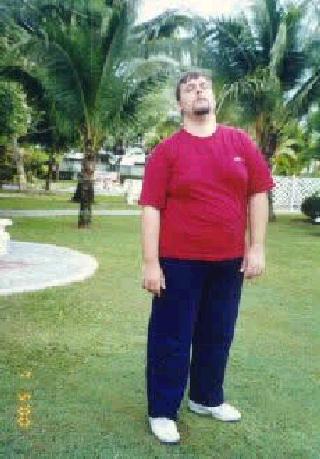
There are of course many differences between a master and a student, but a crucial difference, which few people realize, is that a master practises and practises what he already knows, whereas a student keeps learning more and more techniques which he has insufficient time to practise.
Click here to enter.
July 2000 (Part 3)
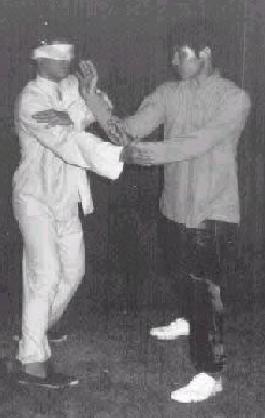
When I practised Wing Choon Kungfu, my arms were so sensitive that I could effectively defend against attacks from my sparring partner even when I was blind-folded. How did I develop my sensitivity? Very simple -- so simple that many people may not believe it. I practised "chi sau loong", or "sticking hands in circles", which basically consists of two persons standing at the Goat-Stance, sticking their arms together and moving them in circles. In principle it is similar to Pushing Hand in Tai Chi Chuan using the "peng" and "lu" techniques performed in a stationary position.
Click here to enter.
August 2000
August 2000 (Part 1)

We know our beliefs and practice are true not because some authority tells us, but because we ourselves directly experience the truth. This is the crucial point of the Buddha's teaching. The Buddha advises us that we should not accept any teaching on faith alone, nor on the reputation of the masters, but examine and practise the teaching with an open mind, then accept or reject it according to our understanding and experience.
Click here to enter.
August 2000 (Part 2)
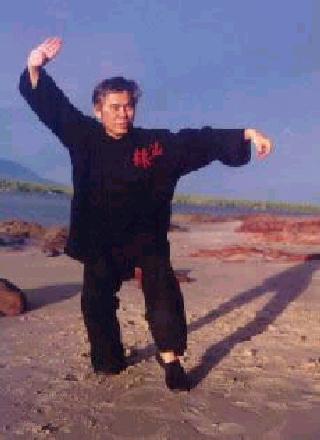
The martial arts of the Muslims were effective and sophisticated. At many points in world history, the Muslims, such as the Arabs, the Persians and the Turks, were formidable warriors. Modern Muslim martial arts are very advanced and are complete by themselves, i.e. they do not need to borrow from outside arts for their force training or combat application -- for example, they do not need to borrow from chi kung for internal force training, western aerobics for stretching, judo and kickboxing for throws and kicks.
Click here to enter.
August 2000 (Part 3)
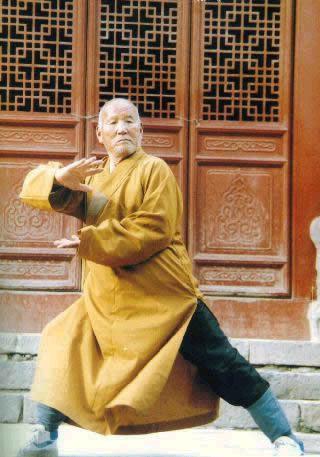
But I would like to point out some crucial differences between the arts demonstrated by the modern Shaolin monks and the traditional Shaolin arts that I practise and teach. Those who wish to learn from me such feats like simultaneously breaking into two each of three spears by pressing against the spearheads with his two palms and throat, or lying on a bed of nails and have a huge granite broken into pieces on his chest when struck by a sledge hammer, would be disappointed.
Click here to enter.
September 2000
September 2000 (Part 1)
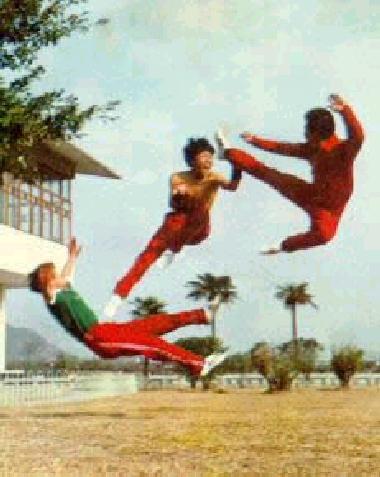
But in the 1960s the Chinese government standardized all styles of traditional Chinese martial arts into one style, and called it "wushu". In other words, before the standardization the people in mainland China practised many different styles of martial arts, such as Shaolin, Taijiquan, Bagua, Xingyi, Praying Mantis, Eagle Claw, Chaquan, Huaquan, Hoong Ka, Wing Choon, Choy-Li-Fatt and many more. After the standardization the people in mainland China practise only wushu. There may be some who still practise the traditional styles, but they are the exception.
Click here to enter.
September 2000 (Part 2)
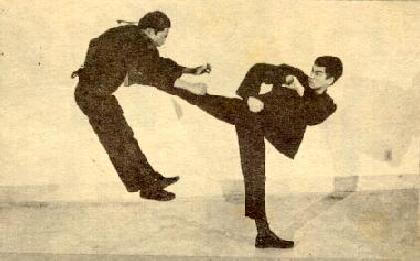
Nevertheless, despite my great respect for him, both my concept and practice of kungfu are very different from his. To me, his characteristic art, which undoubtedly made him a great fighter, was not traditional kungfu! If we did not know his background or his fame but just witnessed his performance, we might call his fighting art Taekwondo or free-style fighting, but never kungfu. Even his formative Wing Choon features were not found in his typical fighting.
Click here to enter.
September 2000 (Part 3)
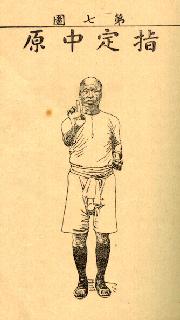
More significantly, these names preserve for us the legacy of past masters. This in fact is one of the principal ways how we at the present times know what kind of kungfu past exponents had. Not only complete kungfu sets but also combat sequences and particular techniques have been recorded in such poetic names. By reading these records, a modern master can reproduce and build upon what past masters did, and therefore benefit from their centuries of development.
Click here to enter.
October 2000
October 2000 (Part 1)
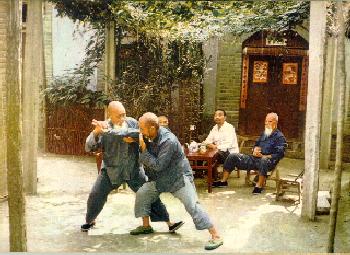
Do you remember the time we did combat application where even small sized women could throw big sized men to the ground. If the women were not relaxed they could not have done that -- had they tensed their muscles in their throws, the women would not have sufficient physical strength to throw hefty men. I recall one woman coming up to me and telling me that it was much easier than what she thought.
Click here to enter.
October 2000 (Part 2)
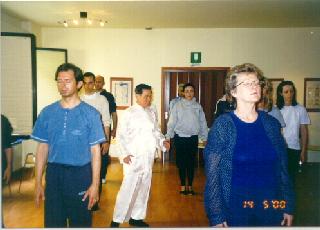
The heat and tingling sensation in your hands are manifestation of chi. This is beneficial, but only rudimental in genuine Tai Chi Chuan or any internal arts like chi kung and Shaolin Kungfu. A student performing genuine Tai Chi Chuan or any internal arts will have these sensations in his very first lesson, although Tai Chi dancers having these sensations incidentally after many months of dance-like movements may imagine it a great achievement.
Click here to enter.
October 2000 (Part 3)

Meditation, which is called Zen in Shaolin nomenclature, is an essential part of genuine Shaolin Kungfu. In fact I would go to the extent of saying that if there is no Zen in the training, it is suspect whether the kungfu being practised is genuinely Shaolin. And Zen is found not at the highest level only, but right from the start.
Click here to enter.
November 2000
November 2000 (Part 1)

It is significant to mention that my teaching is a transmission of skills, and not merely a listing of techniques. This means even if I write down my teaching instructions accurately and clearly (which I actually have done in my books), students reading and following them exactly will still not acquire the skills. They have to learn from me personally. This is an example that great arts are transmitted from a master to his students heart to heart.
Click here to enter.
November 2000 (Part 2)
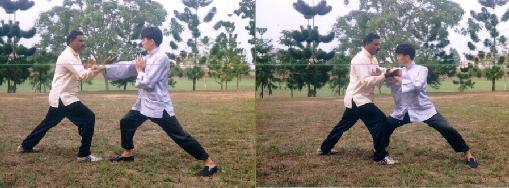
Apparently instructors and students of modernized kungfu as well as of other martial arts know little about the principles and practice of tit-ta. Had they known its principles, they would have realized how damaging their generous exchanges of blows and kicks are to their health. Had they known its practice, they would not allow such damages go unattended.
Click here to enter.
November 2000 (Part 3)
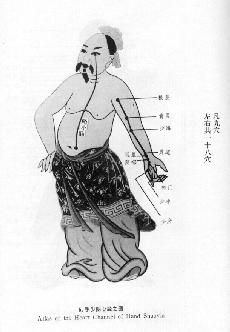
The world is really a lovely place, but those whose heart system is blocked will find the same world depressing, even though they may not have any financial or family problems. This insidious disease of modern living is not uncommon. Chi kung provides a wonderful solution, but unfortunately many people mistake chi kung dance, which is quite widespread today, for genuine chi kung, which is rare.
Click here to enter.
December 2000
December 2000 (Part 1)

You are totally mistaken. When I first started to learn kungfu from Uncle Righteousness, it had never crossed my mind that one day I could become a master. I was simply overjoy that I had a chance to be a student, and tried my best to be a good one. I remember my father telling me, "Boy, you are lucky. Now you can learn kungfu."
Click here to enter.
December 2000 (Part 2)

Think of the martial artists in the past when they were involved in life and death combat. They had to be calm and relaxed, and to make decisions instantly and they could not afford any mistakes. Our Shaolin arts art meant for such purposes. Happily, life and death combat is obsolete in our societies, but when we are trained to such a level, making decisions in our daily life become easy, and many problems suddenly appear petty.
Click here to enter.
December 2000 (Part 3)

This may not be necessary but should some people think that you are doing this for fame or money, let them know you are actually sacrificing for the sake of suffering humanity and doing a great favour to that particular hospital, which may one day be the fountainhead of many energotherapy departments all over the world. Qigong has worked successfully for centuries without the need to be labelled scientific, and you will earn many times more money teaching qigong to businessmen in a five-star hotel than teaching energotherapy in an environment smelling of medicine and full of sick people.
Click here to enter.
